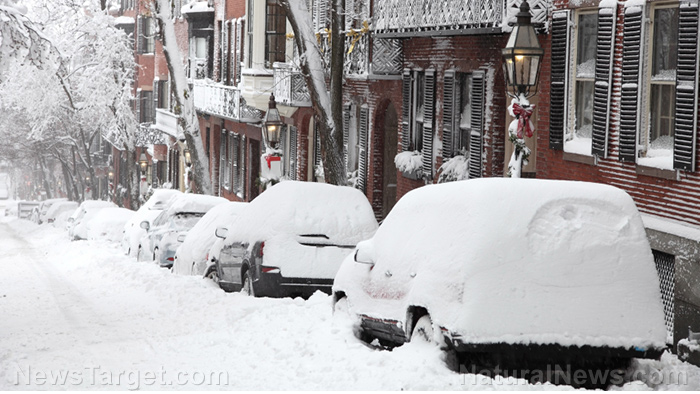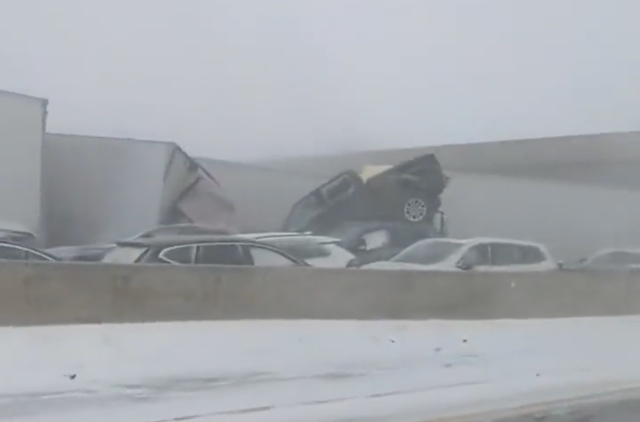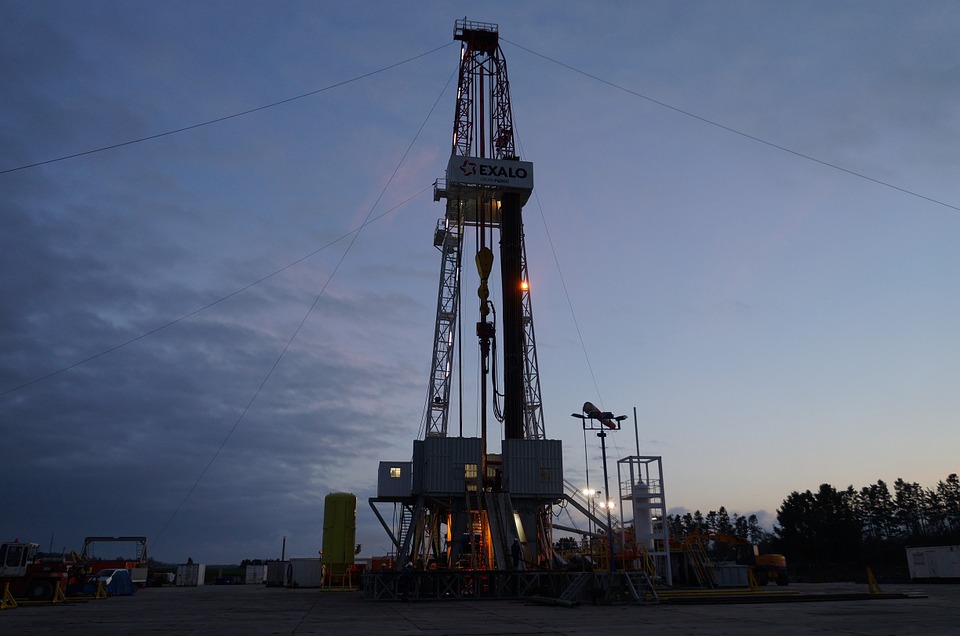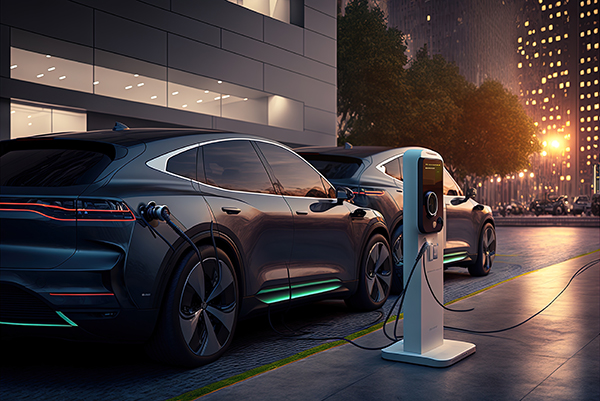Electric vehicle (EV) owners are now struggling with depleted batteries and long lines at charging stations as the freezing temperature in Chicago drains batteries and reduces driving range.
Javed Spencer, a 27-year-old Uber driver, shared the impact of extreme weather on EV functionality. “When it’s cold like this, cars aren’t functioning well, chargers aren’t functioning well, and people don’t function so well either,” he said as he recounted how he had to tow his Chevy Bolt to a charging station after it unexpectedly died due to the cold weather. “When I finally plugged it in, it wasn’t getting any charge.”
Charging his EV, which usually takes an hour, took Spencer about five hours.
In another incident in a frigid Chicago parking lot on Jan. 15, Tesla drivers endured freezing temperatures, waiting in a long line for their turn at the charging station. Nick Sethi, a 35-year-old engineer, even struggled to open his frozen Tesla Model Y, spending an hour in minus 5-degree temperatures chiseling out the embedded trunk handle.
“It’s been a roller-coaster ride. I’ll go through the winter and then decide whether I keep it,” Sethi said.
Joshalin Rivera, a Tesla Model 3 owner, voiced her concerns about the long lines: “If you’re waiting in that line and you only have 50 miles, you’re not going to make it.” She mentioned witnessing a Tesla attempt to cut the line and ultimately die.
The recent polar vortex hitting Chicago, along with other parts of the United States and Canada, brought wind chills near -30 degrees on Jan. 16, causing further strain on EVs. This harsh weather has exposed the vulnerability of EVs in freezing conditions. Tesla, one of the major EV manufacturers, acknowledged the increased energy consumption in cold weather on its website and offers tips to mitigate the impact, including keeping the charge level above 20 percent and using the “scheduled departure” feature.
Moreover, the extreme cold temperature badly affects the low-voltage and high-voltage batteries of EVs. Albert Gore III, the executive director of the Zero Emission Transportation Association, suggests that the charging infrastructure in Chicago might have been overwhelmed by the unprecedented cold weather. Jack Brouwer, the director of the Clean Energy Institute and a professor of mechanical and aerospace engineering at the University of California, Irvine, supports the claims of Gore III.
“It ends up being very difficult to make battery electric vehicles work in very cold conditions. You cannot charge a battery as fast or discharge a battery as fast if it’s cold. There’s no physical way of getting around,” Brouwer said.
EVs have failed to match expectations
Throughout the years, EVs have failed to match the expectations of their buyers due to the manipulative and exaggerated advertisement of EV capabilities in the market.
The disparity between advertised performance and real-world conditions, especially during the winter, has led to a significant disconnect between expectations and reality. In reality, drivers need to cut that range in half during the winter to have a more accurate reading.
Eric Peters Autos, a prominent voice in this critique, points out the misleading information regarding the ease and speed of recharging EVs. While it is true that recharging can be done at home, the time it takes has been downplayed. Buyers were led to believe they could quickly resume their journeys in 30-45 minutes, without being adequately informed that such fast charging facilities are not typically available at home.
The initial surge in demand for EVs, largely driven by early adopters embracing new technology and the associated lifestyle changes, now appears to be waning. Consumers, having experienced the harsh economic realities of EV ownership, are second-guessing their decisions. This shift in sentiment is reflected in the increasing backlogs of unsold EVs at dealerships.
As the cold temperature continues to grip Chicago, EV owners like Spencer are questioning the economic viability of driving EVs for ride-sharing services in the harsh winters.
“The payout is the same, but the cost to drivers, with all these extra charges, is much more,” he said. (Related: Canadian electric truck owner describes his EV experience as a frustrating SCAM.)





















